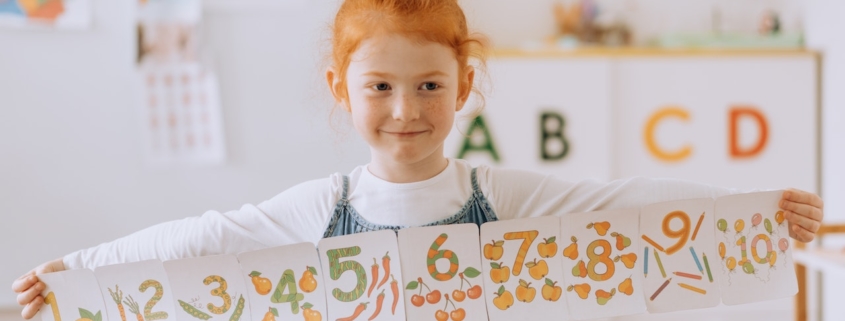Comparing Numbers: Third Grade Math Lesson Plan
Lesson Title:”Comparing Numbers: Third Grade Math”
Lesson Objective: Students will be able to compare and order numbers up to 1,000 using symbols (>, <, =).
Materials:
Introduction (10 minutes): Start the lesson by reviewing the concepts of greater than (>), less than (<), and equal to (=) symbols. Write examples of these symbols on the whiteboard and have students give examples of numbers that would fit in each category. For example:
100 < 500 = 700 Next, have students work in pairs and use the number cards to create their own examples of greater than, less than, and equal to. Once they have finished, have them share their examples with the class.Direct Instruction (20 minutes): Introduce the concept of ordering numbers from least to greatest and greatest to least. Write a few examples on the whiteboard and have students work in pairs to order a set of numbers. As they work, circulate the room to provide assistance and check for understanding. Next, have students work independently to complete a worksheet with number comparisons and ordering. This will serve as a formative assessment of their understanding of the concept.
Guided Practice (20 minutes): Divide the class into small groups and provide each group with a set of numbers. Have them work together to order the numbers from least to greatest and greatest to least. As they work, circulate the room to provide assistance and check for understanding.
Independent Practice (20 minutes): Provide students with a worksheet to complete independently. This worksheet should include a variety of number comparisons and ordering tasks.
Closure (10 minutes): As a class, review the concepts covered in the lesson and have students share any strategies they found helpful when ordering numbers. Next, create a class chart listing the strategies discussed.
Assessment: Formative assessment will be used throughout the lesson to check for understanding, including the worksheets completed during direct instruction and guided practice. A summative assessment will be given at the end of the unit to assess student mastery of the concept.



